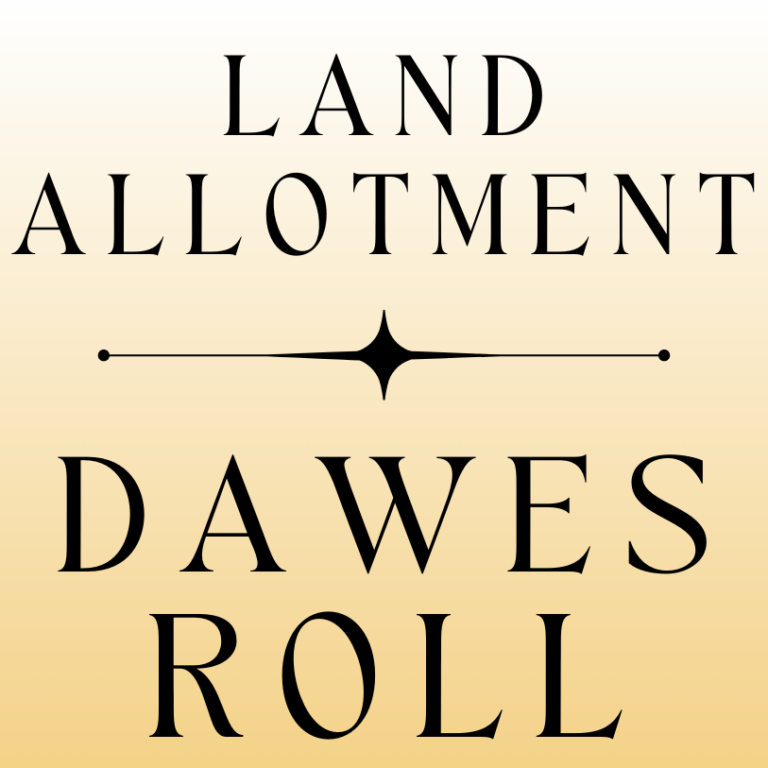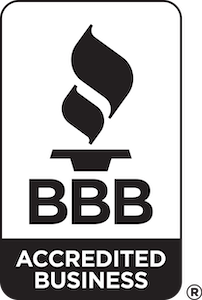Land Allotment
1898-1914

Land allotments were established under the Dawes Act of 1887 to divide tribal lands into individual parcels for Native American families in an effort to assimilate them into American society by promoting private land ownership and farming. The policy aimed to dismantle communal tribal ownership and integrate Native Americans into a Western economic system, while opening “surplus” lands to white settlers.
Who Received Allotments?
- Tribal Members “By Blood” – Individuals listed on the Dawes Roll as having Native ancestry.
- Freedmen – Former slaves of Native American tribes and their descendants, included in some cases but often denied full rights due to discrimination.
- Intermarried Whites – Spouses of tribal members who had been legally adopted into tribes.
- Minors and Dependents – Received smaller parcels, often controlled by guardians until they came of age.
Locating Land Patents & Allotment , Application Jackets
- Ancestry.com - Oklahoma and Indian Territory, U.S., Land Allotment Jackets for Five Civilized Tribes, 1884-1934
- FamilySearch - Land allotments record books, late 1800's to early 1900's
- FamilySearch - Land patents and allotments, 1855-1928
- FamilySearch - Land allotment records and financial accounts, 1877-1952
- FamilySearch - Applications for allotments, 1886-1950
- FamilySearch - Applications for allotments, 1886-1950
- FamilySearch - Land and allotment records, 1895-1948
- FamilySearch - Land and allotment records, 1895-1948
- FamilySearch - Land and property records, ca. 1903-1945
- FamilySearch - Land allotment records, 1904-1944
Key Provisions of the Dawes Act:
Land Division:
- Tribal lands were surveyed and divided into individual allotments.
- Parcels were distributed as follows:
- 160 acres to heads of households.
- 80 acres to single adults.
- 40 acres to minors.
Trust Period:
- Land was held in trust by the U.S. government for 25 years to protect Native owners from selling or losing their property.
- After the trust period, owners received full ownership and became U.S. citizens.
Surplus Lands:
- Any unallotted tribal land was declared “surplus” and sold to white settlers.
- Proceeds from sales were intended to benefit tribes, but much of the income never reached them.
Citizenship:
- Native Americans who accepted allotments were granted U.S. citizenship, though they often faced discrimination and exclusion from mainstream society.


